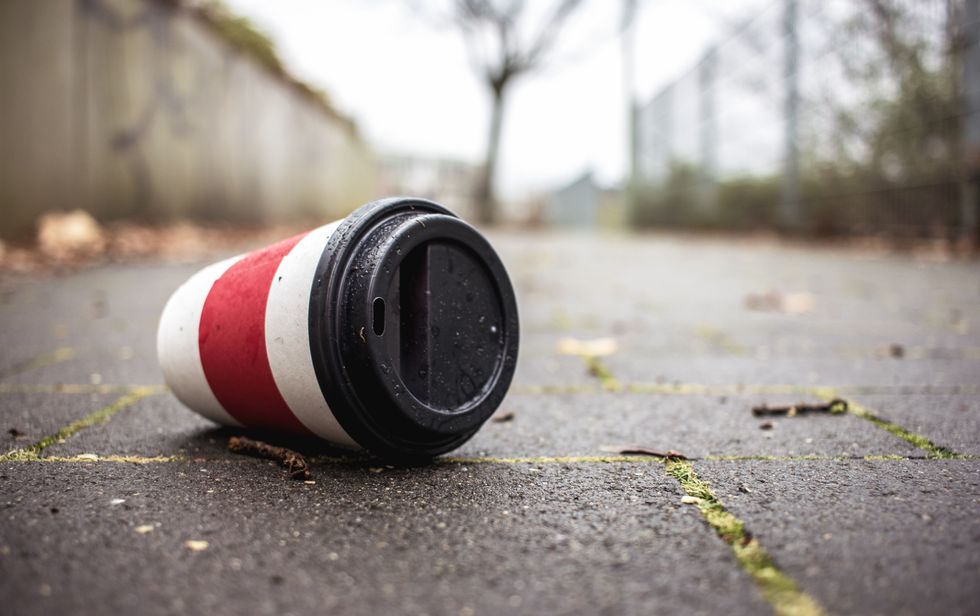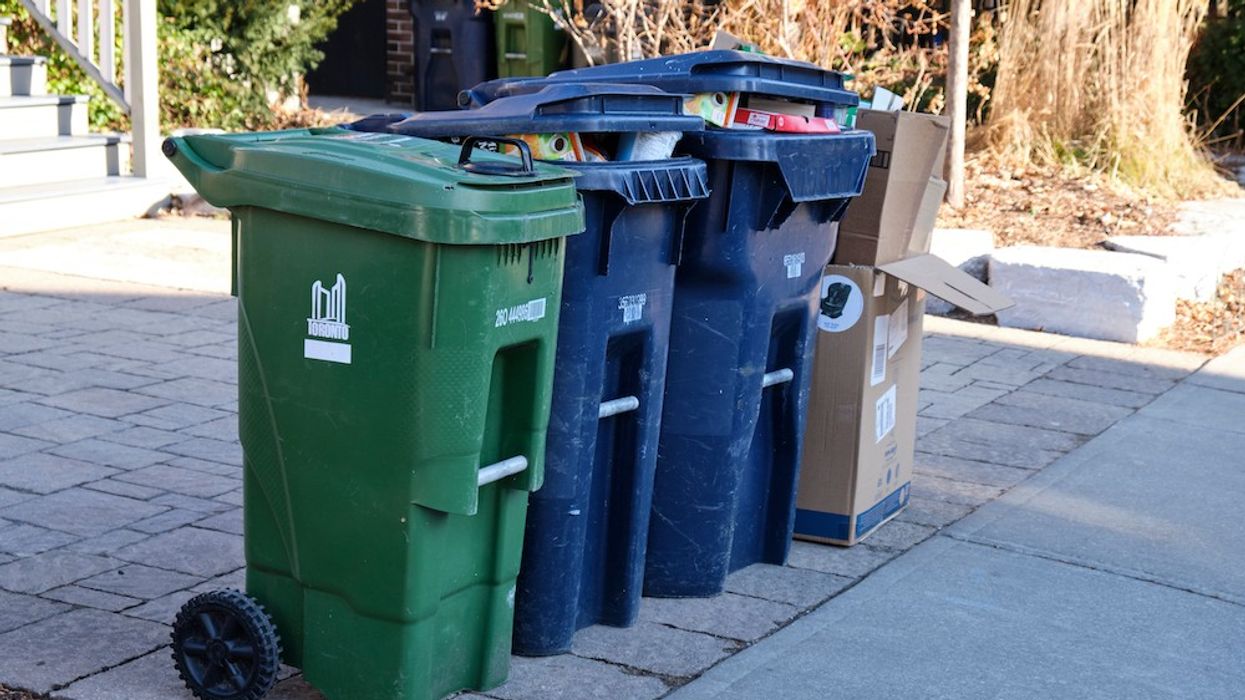In the wake of a too-warm winter, a truly sweltering summer, and heavy rain days, environmental care has been at the top of everyone’s minds in 2024.
(And if it isn’t yet, it should be.)
And as Canada’s most populated city, Toronto holds a particular sense of responsibility for leading green practices, nation-wide.
Residents have likely already heard of the City of Toronto’s TransformTO Net-Zero Strategy, which aims to reduce community-wide greenhouse gas emissions to net zero by 2040. (Toronto has the most ambitious timeline target in all of North America, surpassing other communities by 10 years.)
But what residents might not be aware of is how they can actually help meet this goal — and the ways they may be accidentally working against it.
Starting At Home (And More Specifically, In Your Blue Bin)
If you’re one of the many who, when unsure whether an item qualifies for recycling, opt to toss it into the Blue Bin because you’d rather avoid putting it in the garbage, you may have caused a process disruption without even realizing it.
Even worse, there are some items that can damage equipment and cause workplace injuries at the recycling facility, such as products containing lithium-ion batteries (for example, cell phones and laptops), propane tanks, chains, and garden hoses.
Here to clear up any confusion, the City’s newly launched Recycle Right campaign can help you avoid these faux-pas to help conserve natural resources and reduce the amount of waste going to landfill.
Waste Wizard To The Rescue
As a first point of reference, you’re wise to refer to the City’s Waste Wizard resource. This online search tool is where you’ll find disposal instructions for more than 2,000 items, so you can confidently place recycling and waste products exactly where they belong.
You can explore the Waste Wizard online here, or through the TOWaste app.
But even if you’re already well-versed in recycling dos and don’ts, the City has made a few recent changes that might catch your attention.
News You Can Use: Blue Bin Edition
The City is welcoming the addition of single-use beverage cups (from your morning coffee or afternoon soda) to the Blue Bin program. Toronto is piloting the change ahead of these items being added to all municipal recycling programs in Ontario in 2026, as part of transitioning the responsibility of managing recyclables to producers of packaging, paper, and packaging-like products. The inclusion of new products is based on the producers’ collective investments into material processing facilities, and working towards standardizing the Blue Box Program across Ontario.
Getting a little more granular, the pilot includes paper-based and plastic lined hot and cold drink cups. To ensure you’re disposing of the right cup in the right way, here are some simple tips:
- Empty your cups of any remaining liquids and give them a quick rinse to remove any residue.
- Remove lids, sleeves, and any other accessories from the cups and place them loosely in your Blue Bin.
- Place the cups loosely in the Blue Bin, without stacking or nesting them together.
This may seem like a small change, but it’s one that can have a big impact, reducing unnecessary waste and supporting Toronto’s sustainability efforts.

Don't Contaminate
Residents can take a few other simple actions to help ensure the recycling system runs smoothly.
For one, food containers should be emptied and rinsed thoroughly, and have their lids removed before being placed in the Blue Bin. This helps ensure other recyclables aren’t ruined, making them non-recyclable.
Another example? The plastic bags or over-wrap often included with flyers, newspapers, magazines, and water and soft drink cases should be separated before being placed in the Blue Bin — this helps ensure the elements get processed correctly.
Rethink, Reduce, Reuse
Recycling is an important part of waste management and green living, but it’s not the cure-all. While residents reconsider their recycling behaviour, the City is also encouraging waste reduction and reuse, both of which can help cut down how much needs to be recycled in the first place.
It’s the little things — bringing reusable bags and containers with you to the grocery store, being mindful of (and cutting down on) single-use and takeaway items such as eating utensils, condiment packages, napkins, and beverage takeout trays, and getting creative with reusing and repurposing your everyday items — that have a big impact on waste reduction, and ultimately reducing your environmental footprint.
And last but not least, remember that the City is here to help. If you’re still unsure how to best dispose of a particular item, you can contact 311 at any time.
Visit toronto.ca/RecycleRight to learn more.
Disclaimer: This content was funded and approved by the advertiser.
______________________________________________________________________________________________________________________________
This article was produced in partnership with STOREYS Custom Studio.





















